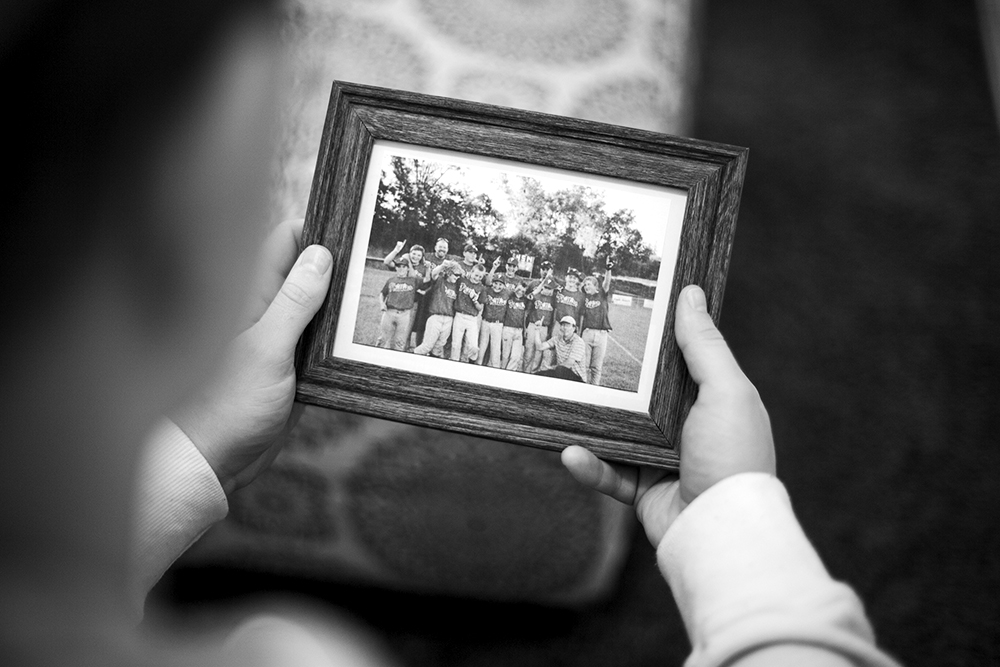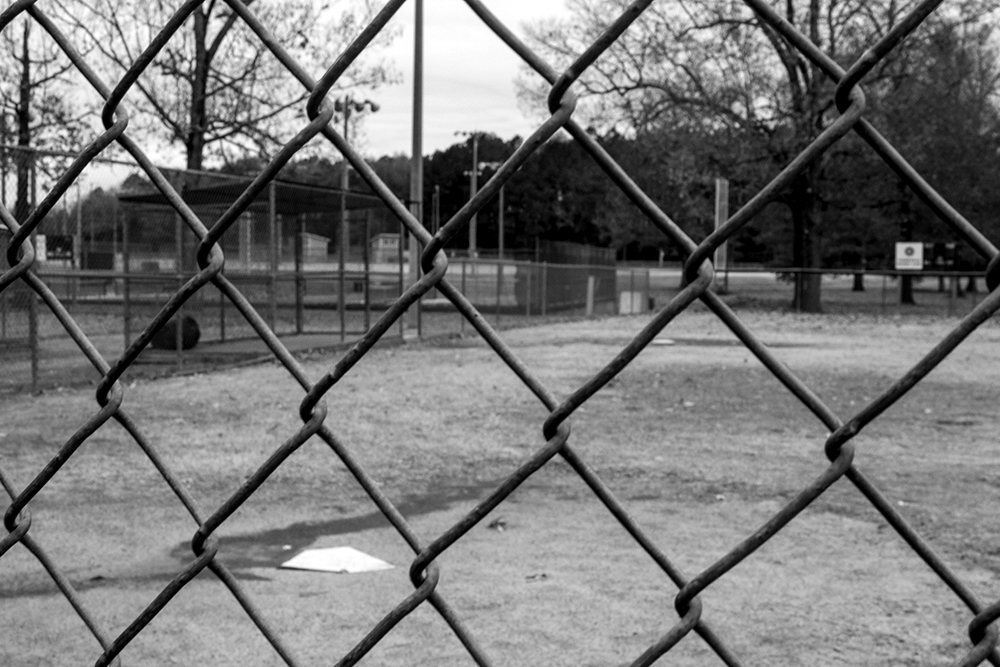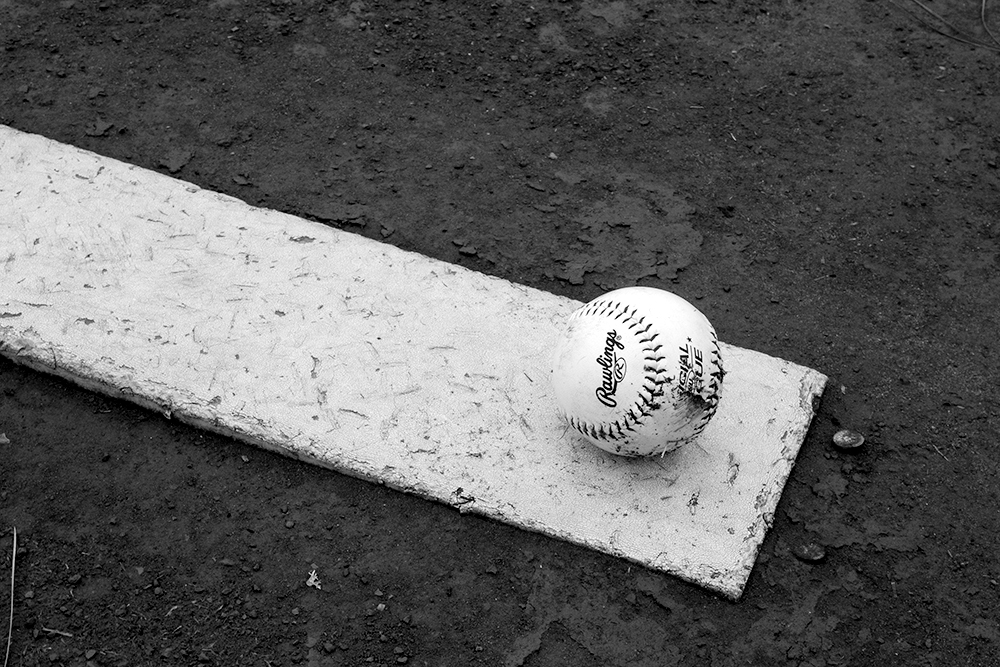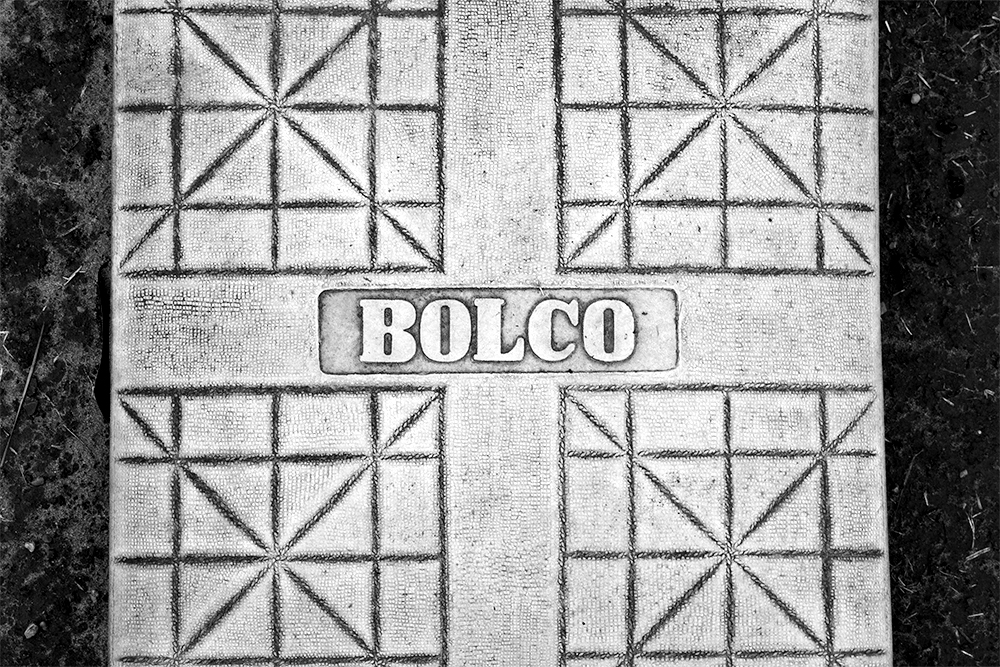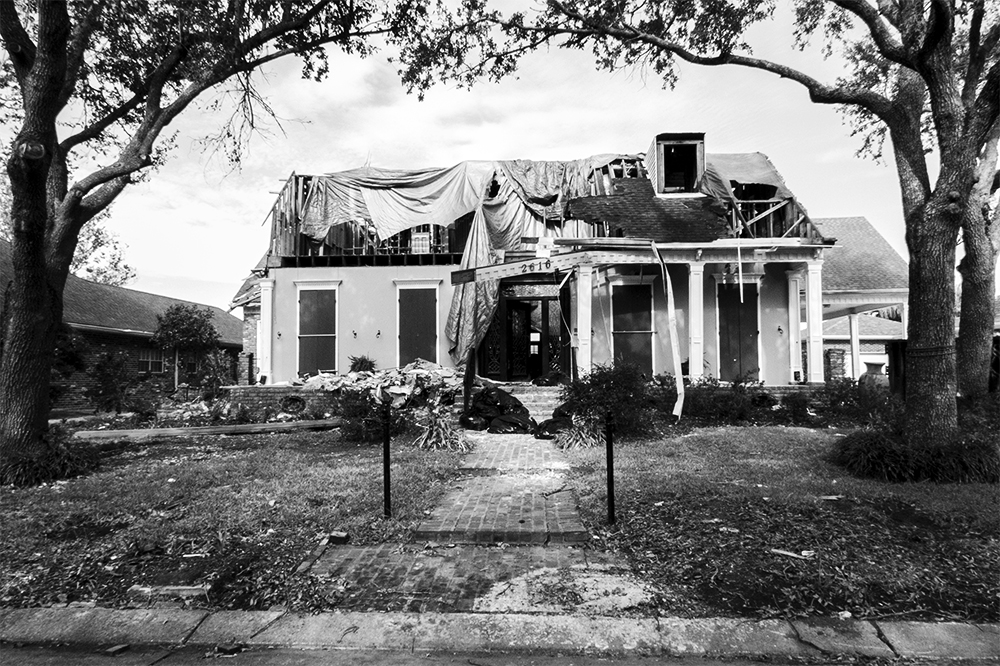Art 2103 | Photography Survey
Photography Survey is a one hour lecture and three hour studio course that explores the fundamentals and aesthetics of black and white photography relating to graphic design and the fine arts.
Below are descriptions of some of the assignments in the course with student work examples.
The Eye of the Beholder
For this assignment you will challenge the notion of what is considered to be beautiful, attractive, or visually interesting by using the elements and principles of art and design in your compositions. Your challenge is to photograph subjects (such as objects, places, the body, etc...) that are typically considered banal, boring, uninteresting, vulgar, gross, disgusting, or repulsive and using photography make your chosen subjects important to look at, beautiful, and/or interesting. You will achieve this by paying attention to design and composition. In doing so you will "surprise" the view by getting close to the subject and emphasizing the form, line, texture, etc. of the subject. This will be done to communicate the importance of the subject and make something that is normally overlooked seem visually interesting.
You will create a series of 3 images using your DSLR set to the shutter priority auto mode (TV or S -depending on your camera). Make sure you are photographing in Raw if your camera's able to record in RAW when set to an auto setting. Think of the 3 images as a series that must go together conceptually, stylistically, and thematically. Think about how form and content are related to communicate your ideas to an audience. Do not photograph cliche subject matter such as beautiful sunsets, beautiful landscapes, a beautiful building, or a beautiful person. You will explore the world around you for subjects that would not be noticed in everyday life.
Your images will be edited in black and white in Adobe Photoshop. You may also use in-camera settings on your DSLR, Adobe Photoshop to record in black and white. Please note, a full Photoshop demo will not take place until week #6 of the semester. Today in class I will show you how to convert your images to black and white in Adobe Photoshop. Please keep in mind, this is a fine art photography course. Each image is expected to be a work of art. In preparation for the critique on the due date - please prepare a statement about your work explaining the idea for your project and the choices you made as an artist.

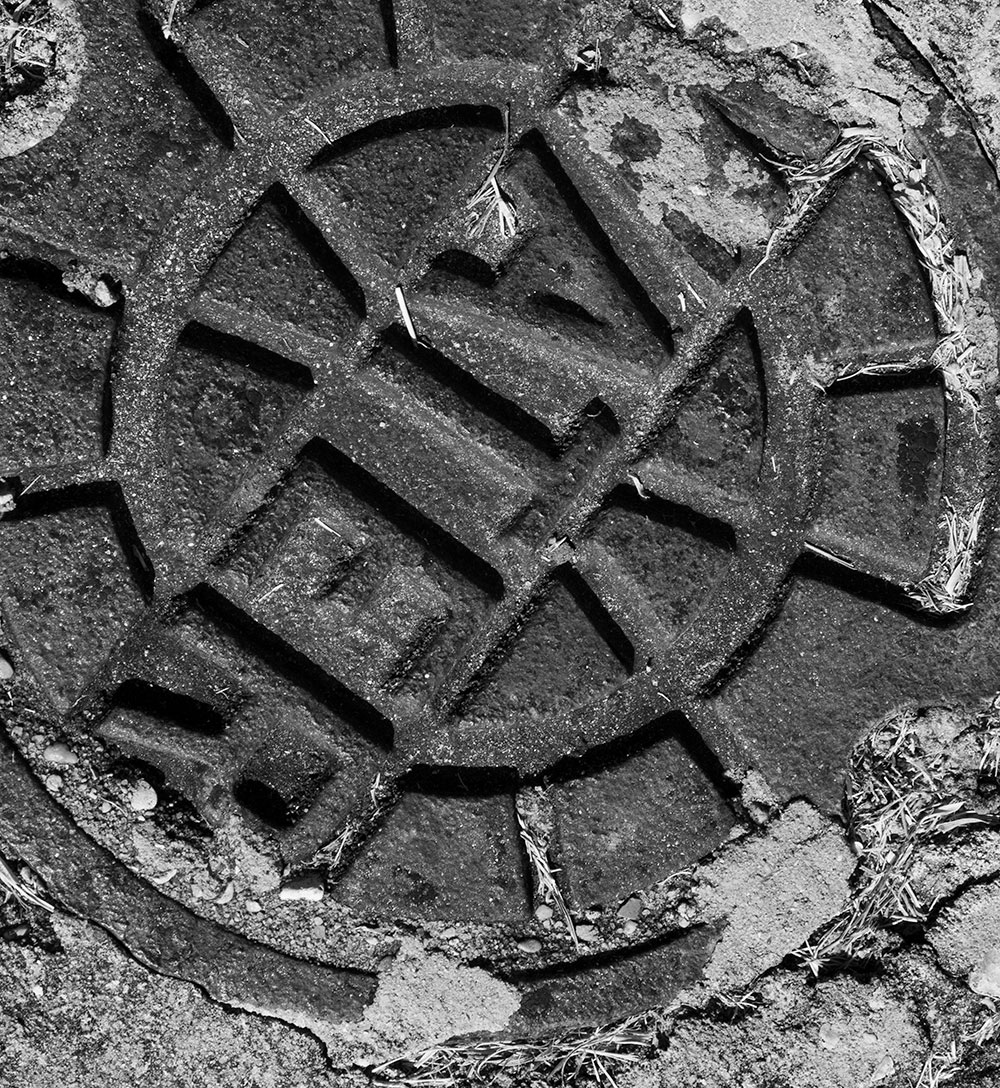
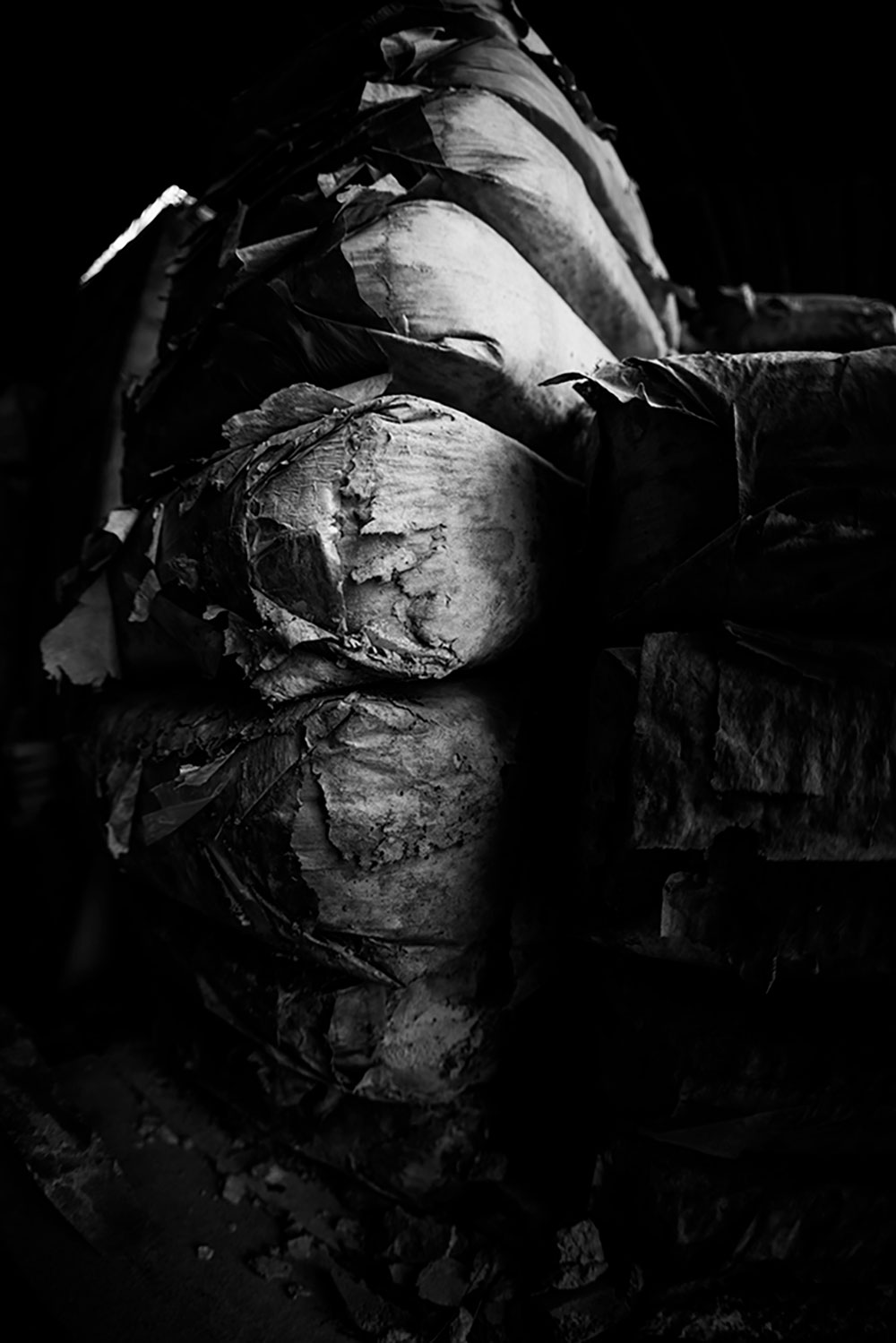
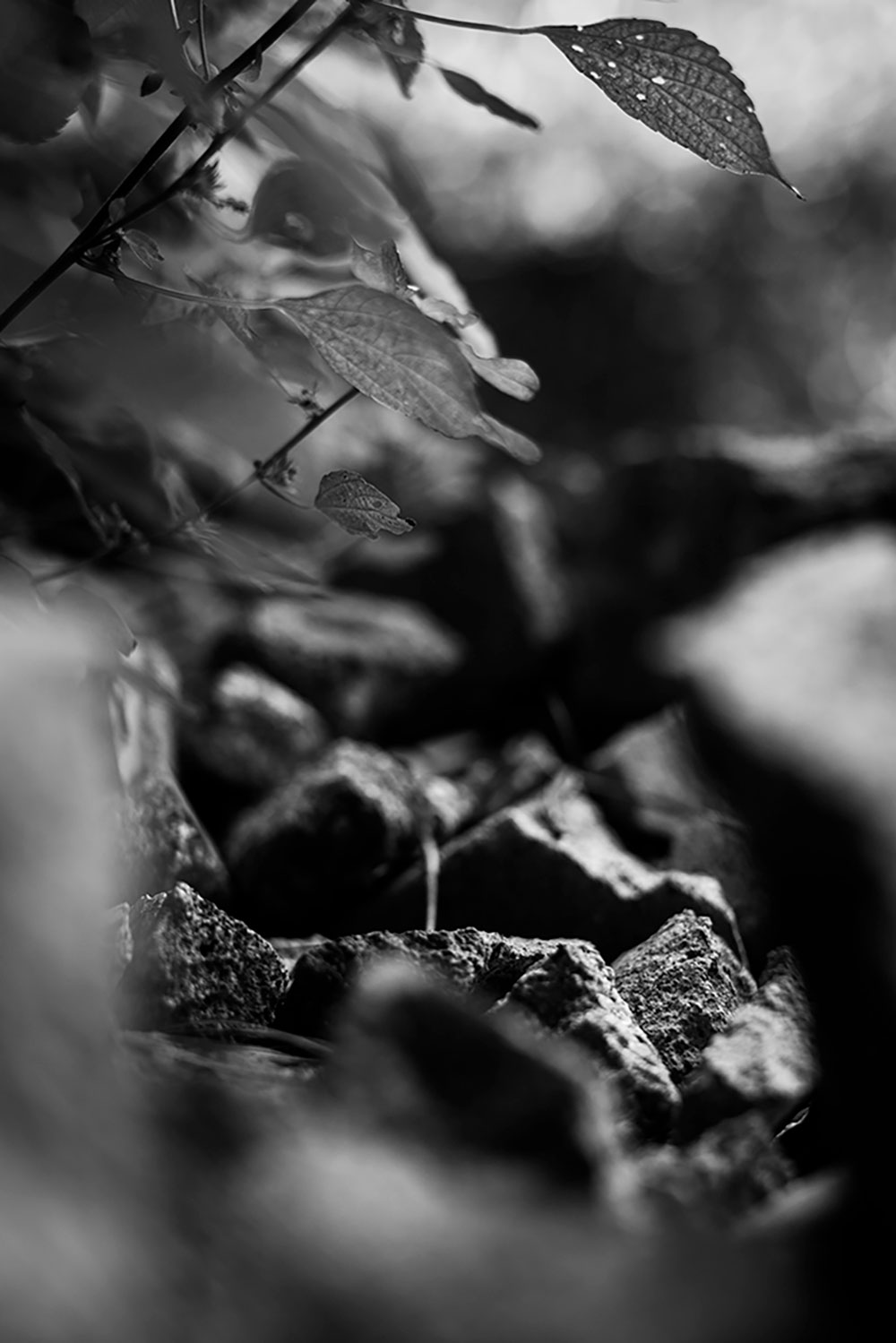
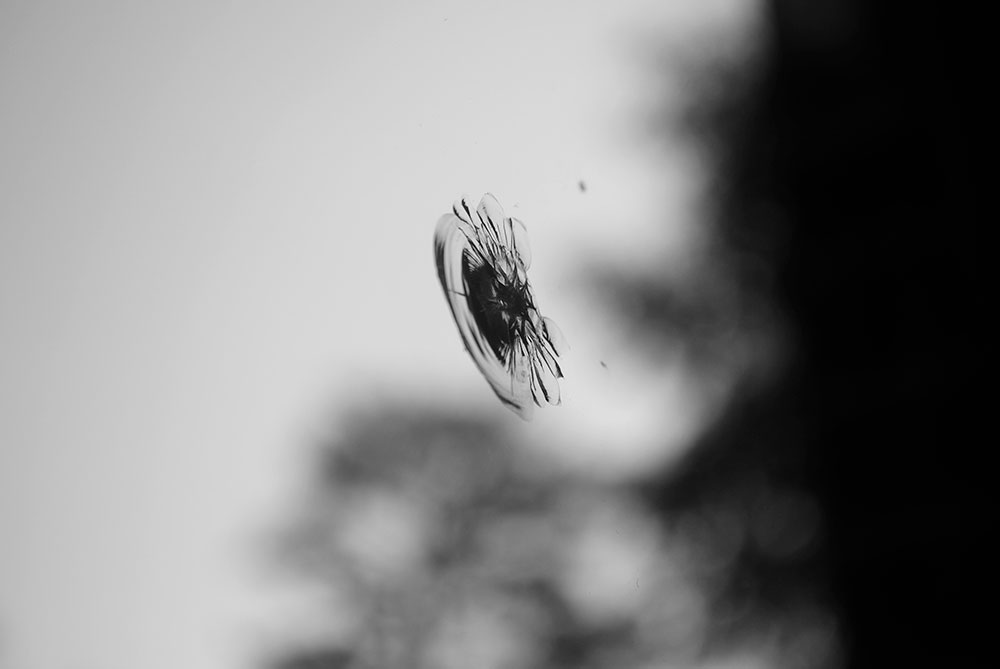
Seven Image Series
For this assignment you will describe a day in the life of a subject of your choosing. This could be a friend, relative, stranger, yourself, or even a fictional character you or someone portrays.
You will create seven black and white digital images (1 image for each objective) in which you demonstrate the following:
- Frozen Motion
- Blurred Motion
- Pan Motion
- Camera Shake
- Shallow Depth of Field (foreground focus)
- Shallow Depth of Field (background focus)
- Great Depth of Field
- You will create this project using your approved digital camera (DSLR, Mirrorless Camera System, or Rangefinder is also acceptable) using manual control settings.
- Think of the 7 images as a series or sequence that must go together conceptually, stylistically, and thematically.
- Push your creativity for this project.
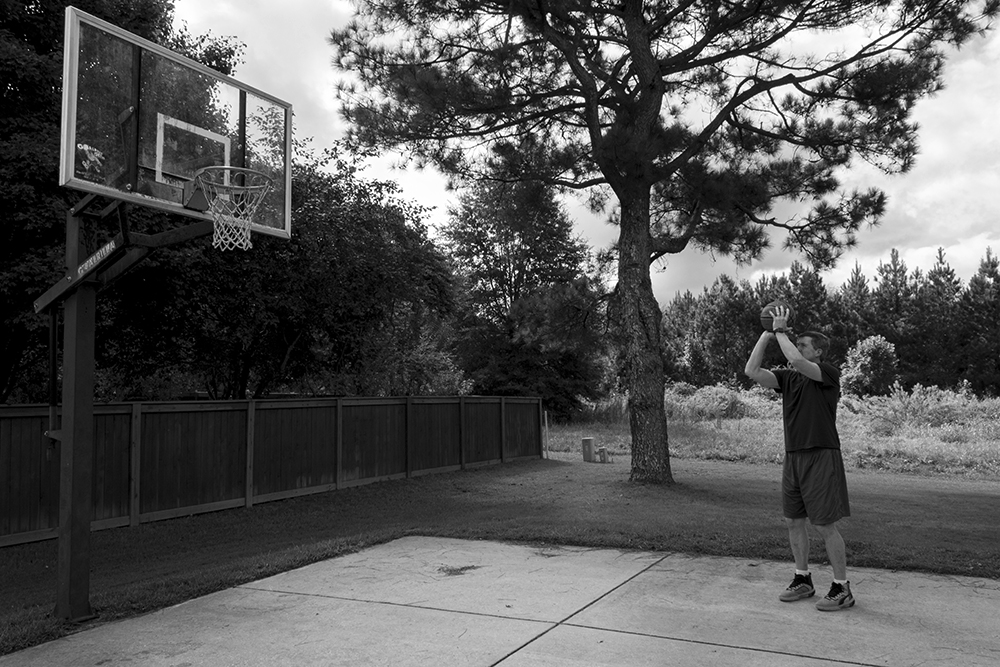
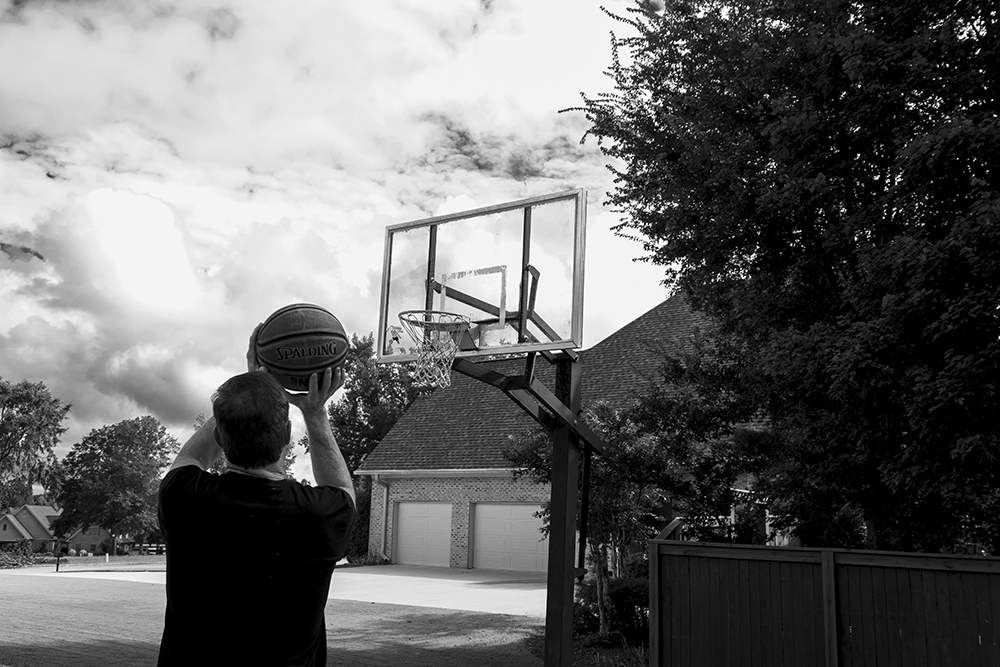
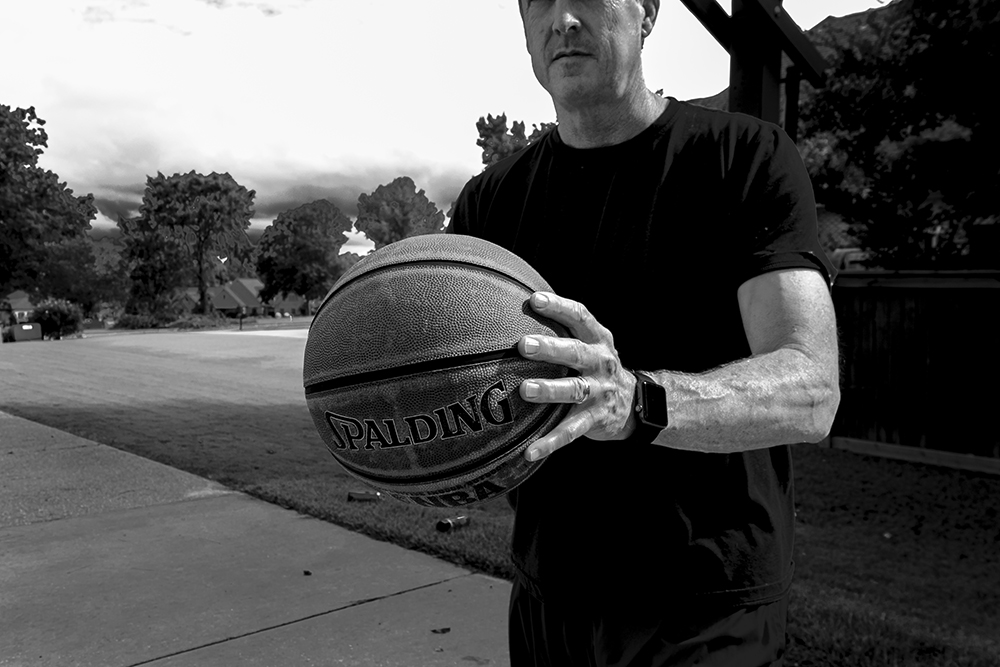
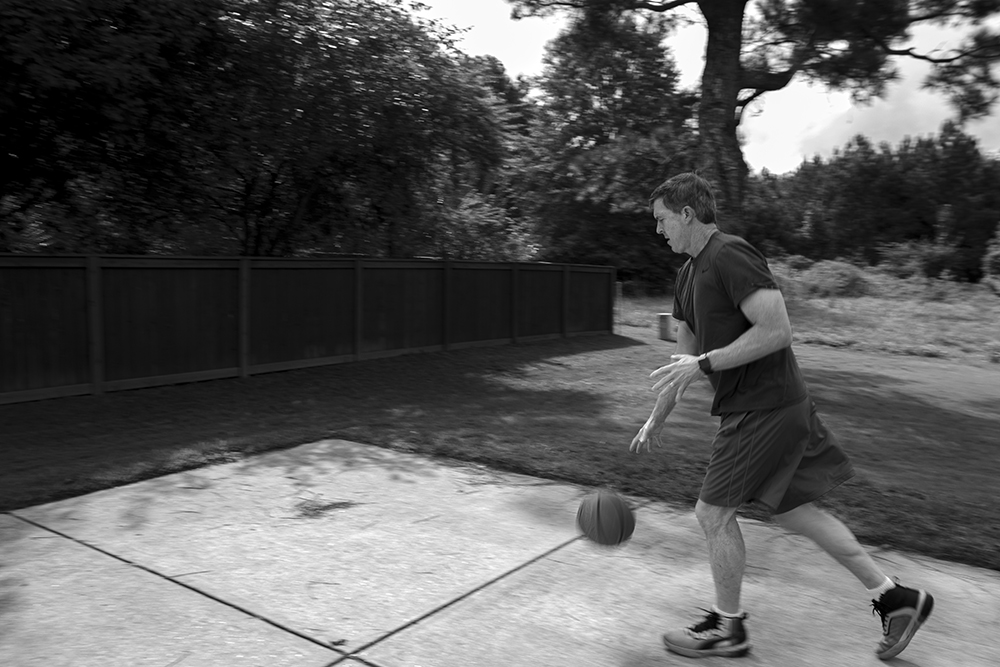
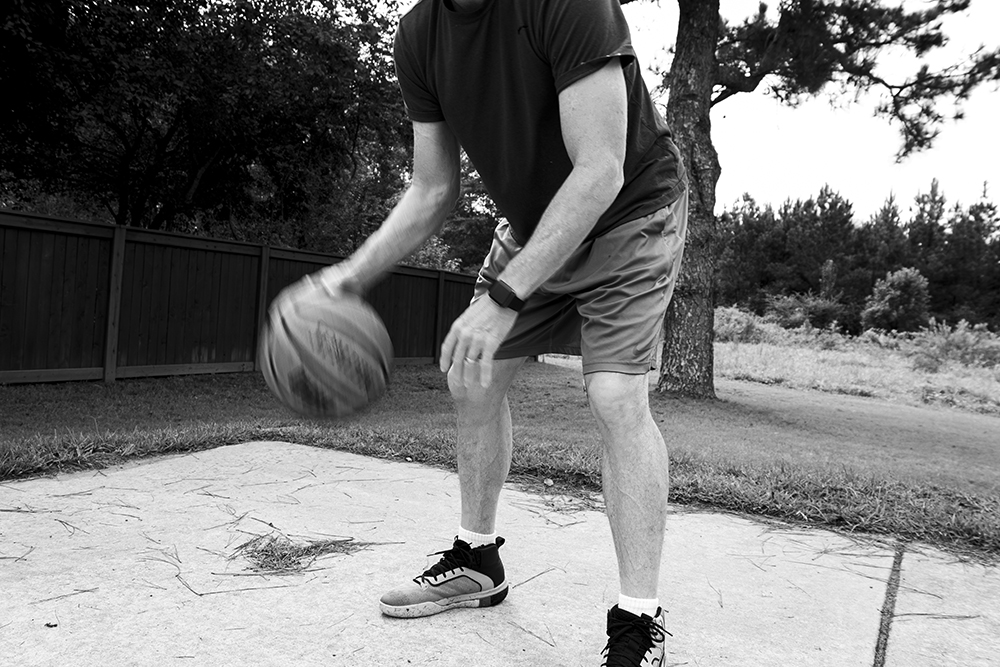
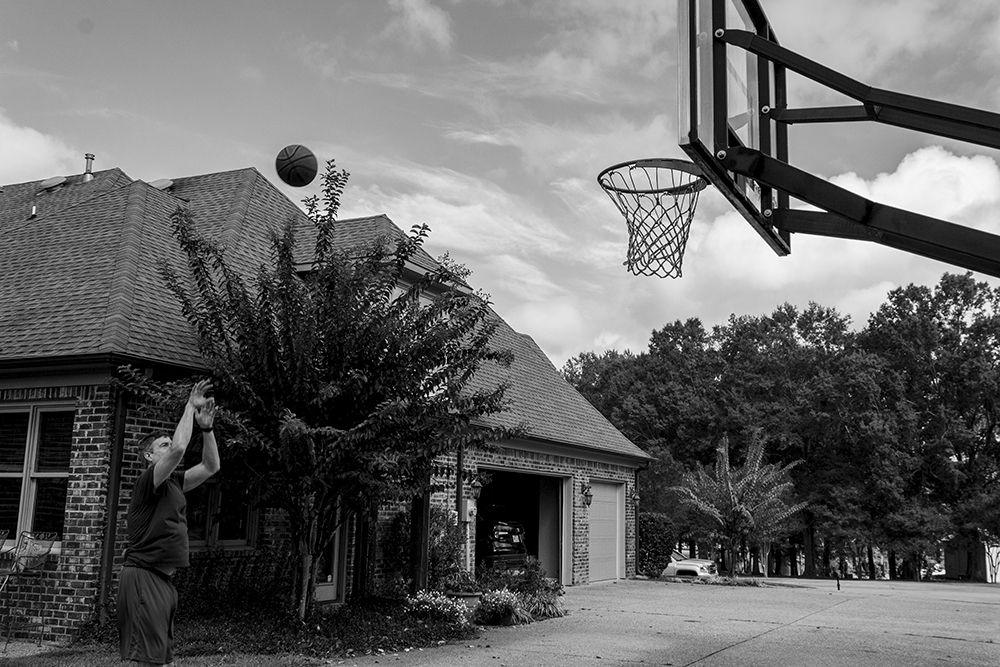
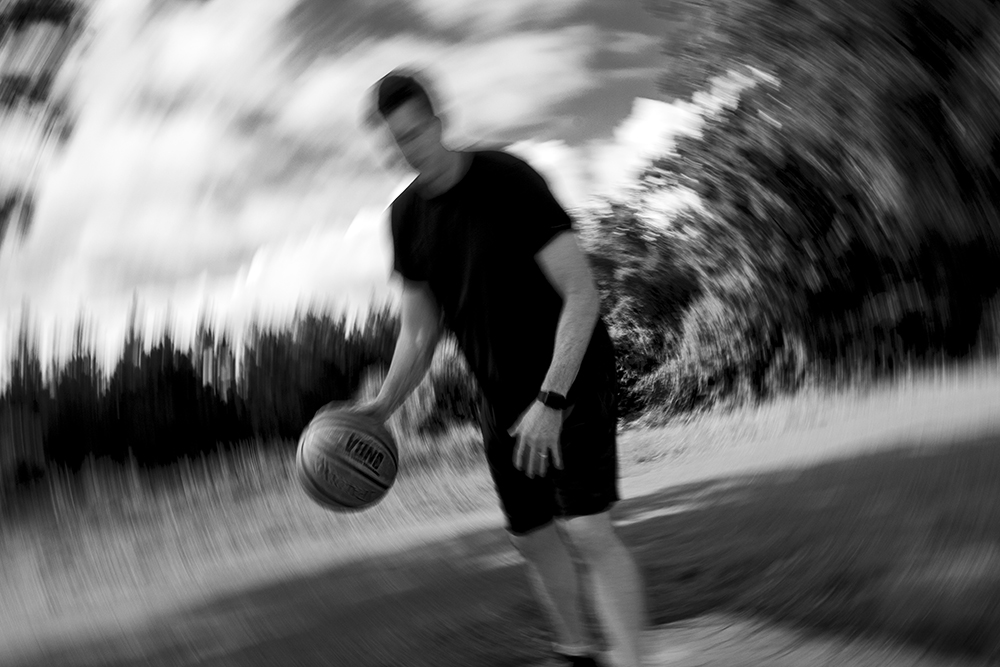
Lens
For this assignment you will explore space and place by making a series of images depicting interiors or exteriors of a building or a landscape. For example, you can choose to photograph any of the following places: domestic (house, apartment, farm, etc...), institutional (school, hospital, etc...), public (store, playground, etc...), rural landscape, suburban landscape, urban landscape.Choose a place you are excited to photograph. If you are excited and interested in the subject you will make interesting compositions.
You will create five black and white digital images (1 image for each technical objective) in which you demonstrate the following:
- Eye Level/Normal Angle of View
- Use a 40-50mm focal length
- Abstract/Close Up
- Get close to the subject. Make sure you are not closer than 1.5 feet (or whatever the distance is indicated on your lens.)
- Wide Angle/Distant
- Use an 18-28mm focal length
- Bird’s Eye View/ Looking Down
- Point the camera up. Experiment with the focal length. Choose the best focal length for the subject.
- Dog’s Eye View/ Looking Up
- Point the camera down. Experiment with the focal length. Choose the best focal length for the subject.
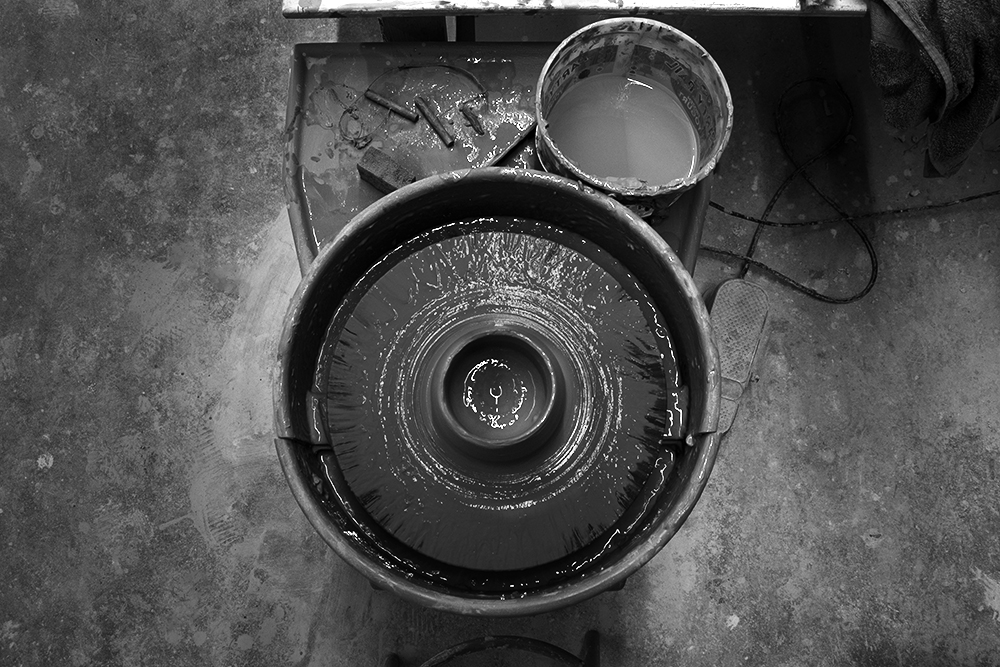
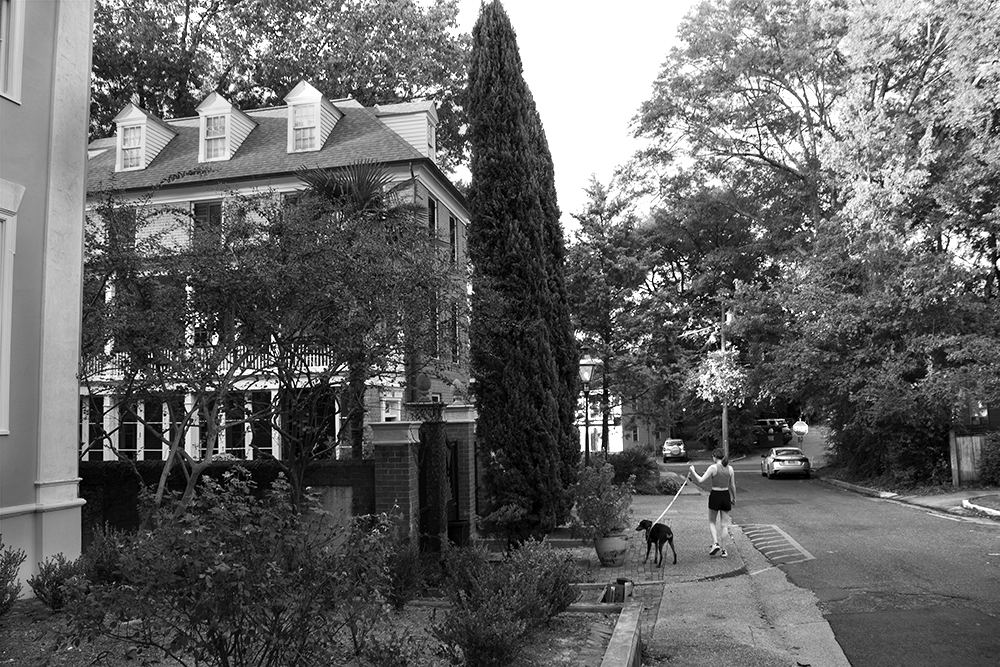
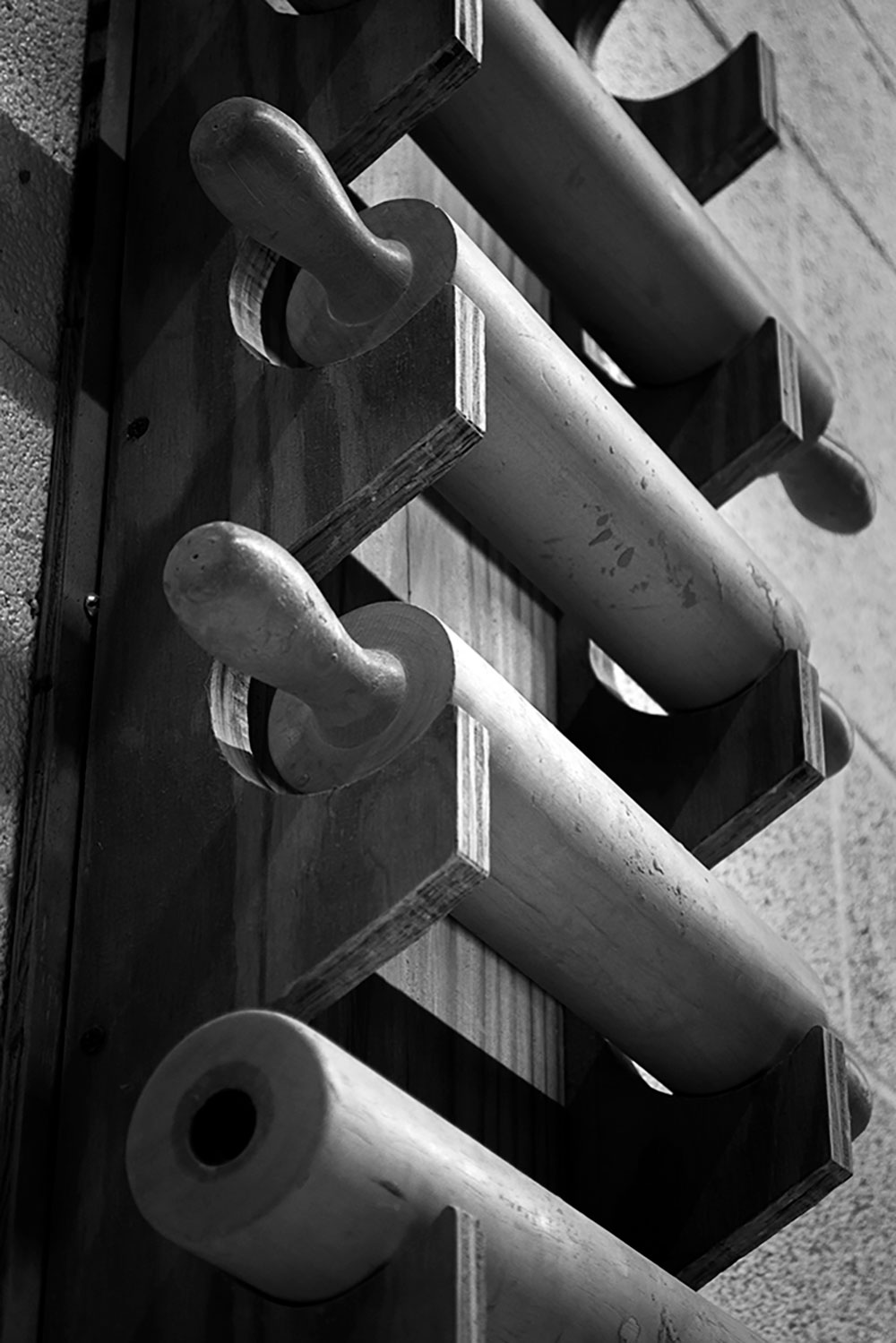
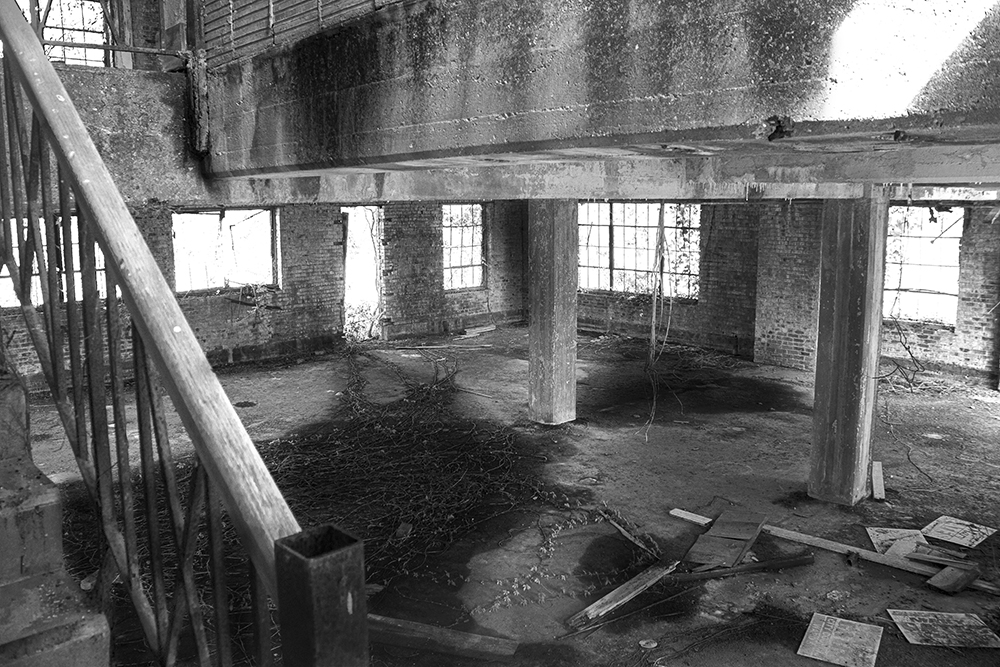
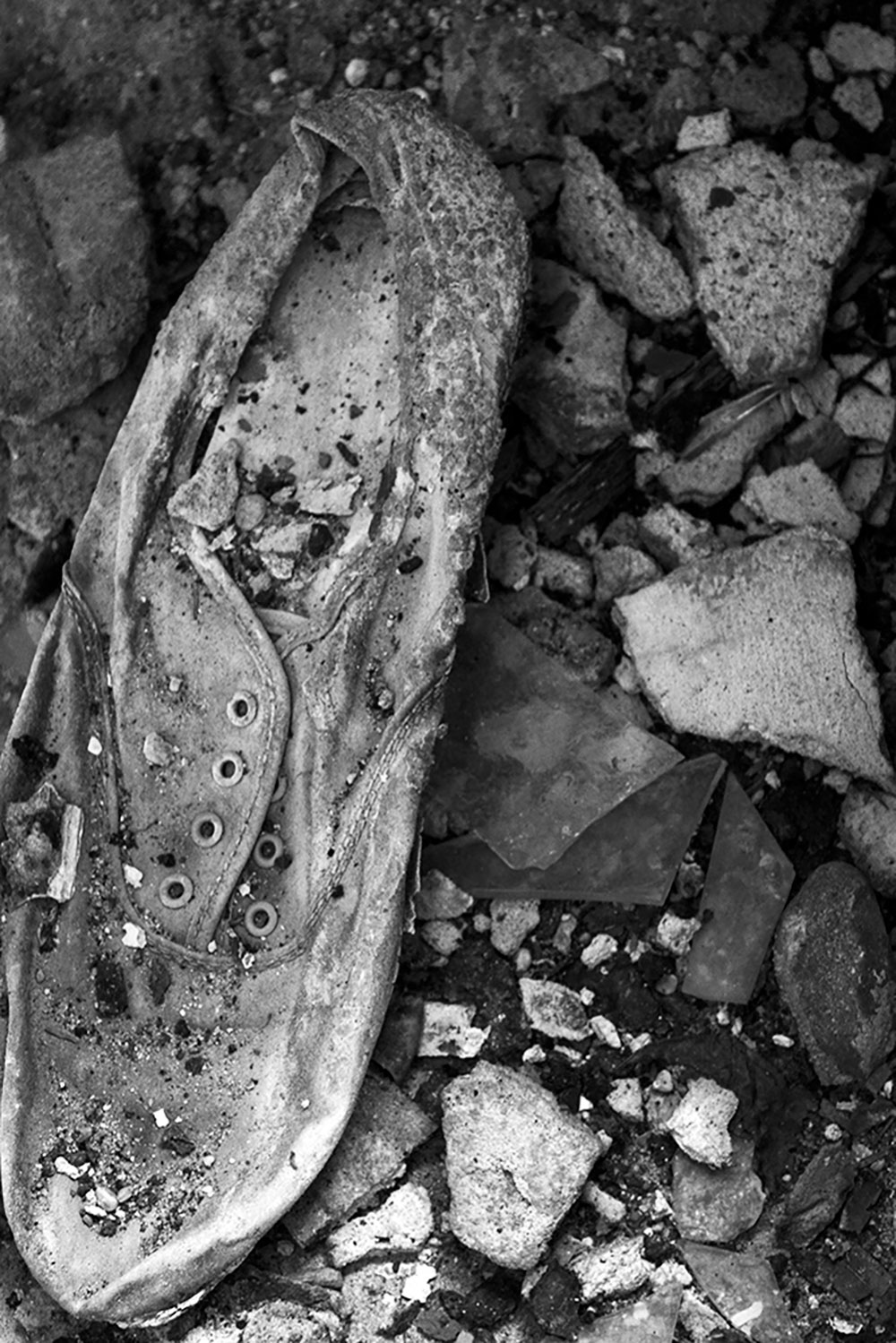
Lighting
The definition of photography literally means "writing with light". For this project you will use your approved digital camera and natural daylight to create a series of portraits that will be edited in black and white in Adobe Photoshop and Camera Raw.
You will make four photographic portraits under the following lighting conditions:
- Silhouette
- Diffused
- Direct
- Indirect
The series of images will reflect the theme: An Intimate Portrait. For this project you are not permitted to photograph an object or an animal. Your subject could be a friend(s), relative(s),stranger(s), coworker(s), yourself, etc... The photographs should tell the viewer something about the subject that goes beyond the superficial surface level. Do not make, high school senior portraits, wedding photography, fashion photography, or any other cliché and stereotypical/superficial types of portraits. The goal is to communicate something internal or unspoken about the person(s) you choose to photograph. Please think of the four images you will be making for this project as a series or a sequence that should go together thematically and stylistically.
Use the types of light to enhance the mood of the series and give the subject an emotional quality.Consider how you can use everything you have learned up to this point about photography(composition, camera controls, and point of view) to create a thought provoking and visually pleasing series. Remember photography is a powerful communication system. Use it wisely.
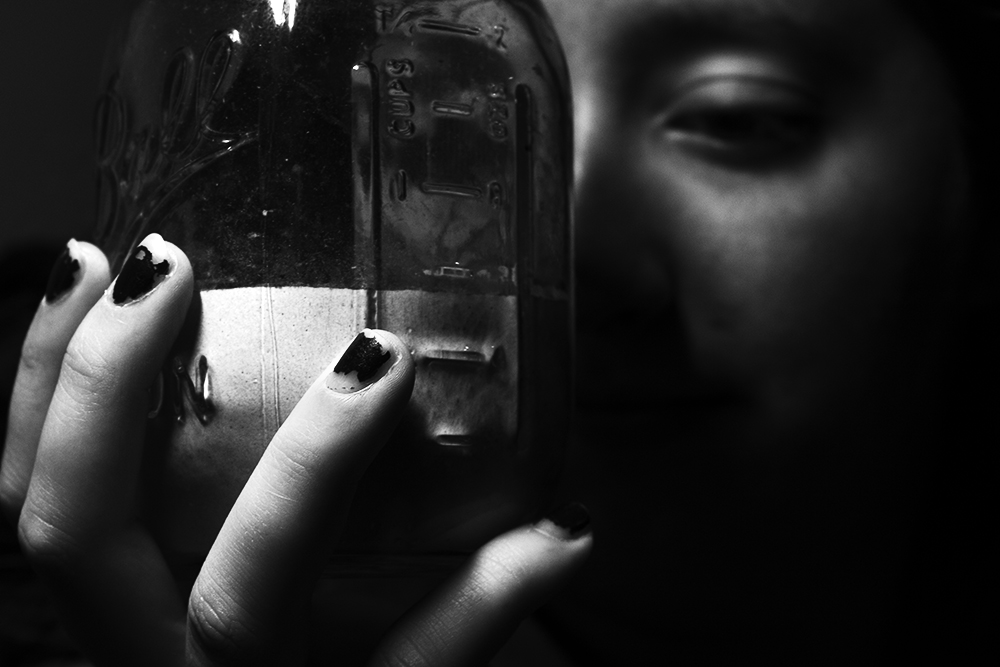
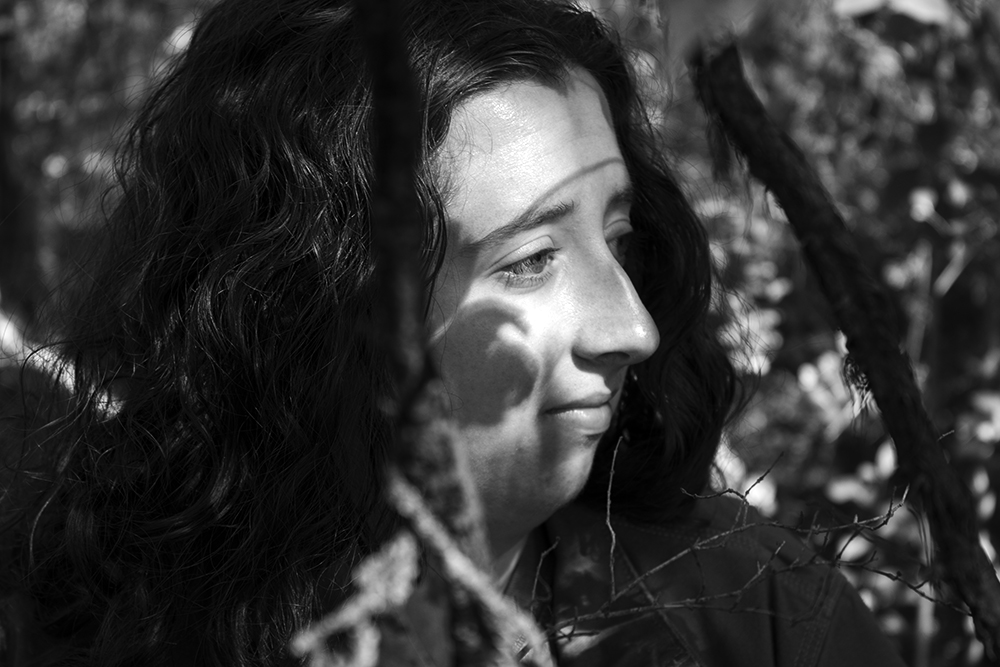
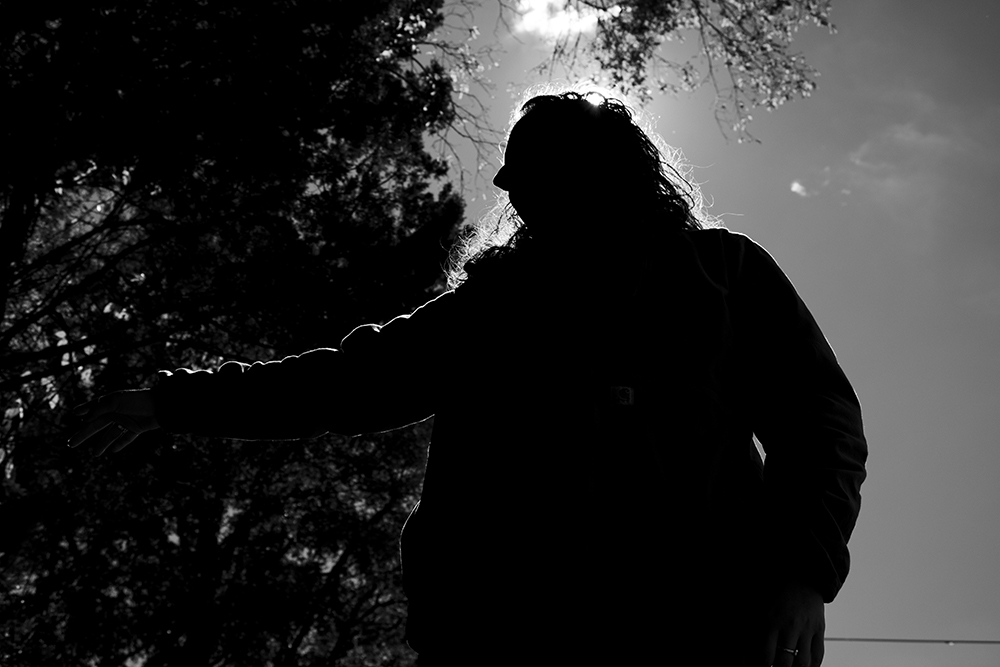
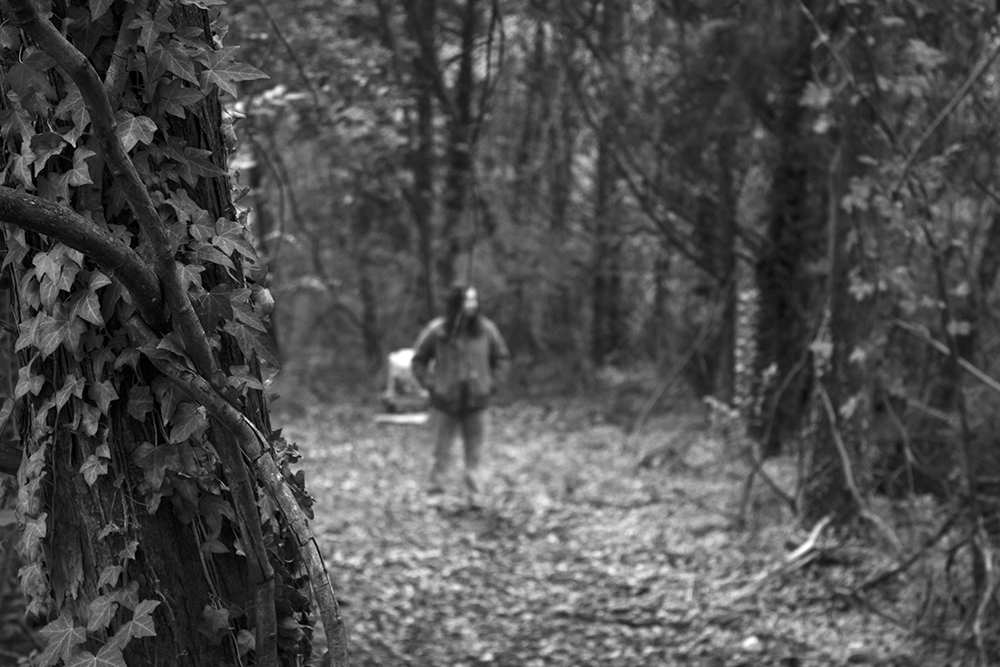
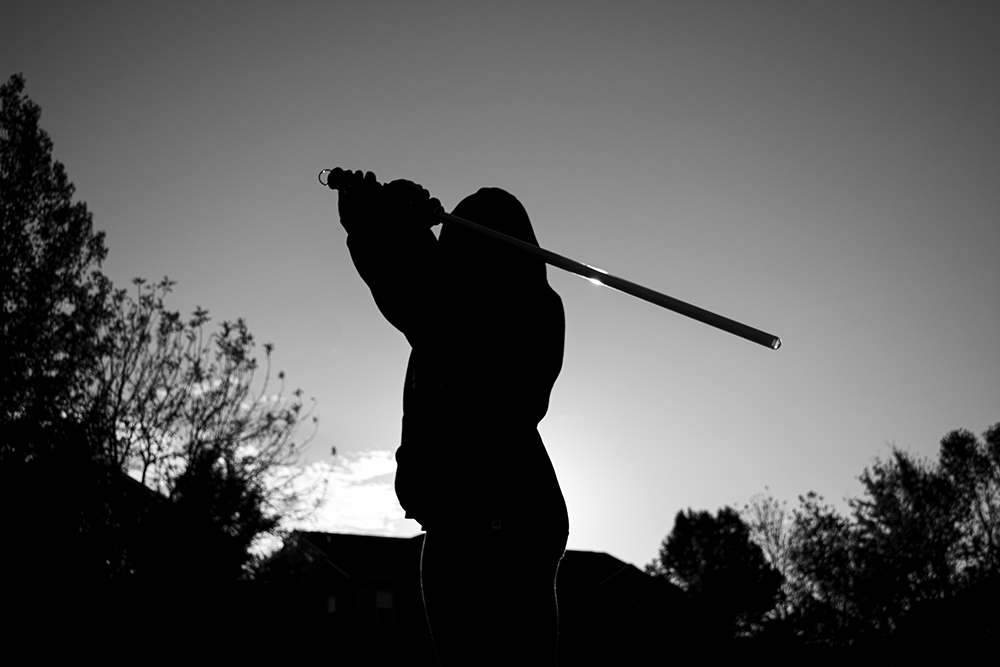
Storyline
You will write a project proposal describing what you want to do, why you want to do it, and what the project will look like. You will make a series of eight photographs in which you will edit the images inCamera Raw and Photoshop in black and white. The length of the proposal should be no shorter than 500 words and no longer than 1,000 words. Please submit your proposal in the ProjectProposal link in the Final Project Proposal Module.
The final project will give you a chance to explore ideas and techniques we have learned in class this semester, or to try something with photography you have not had a chance to explore. Think of the proposal as a starting point for the final project. Your idea might change and evolve as you spend time making photographs for the project. You will be asked to rewrite the proposal if your writing is not clear. You will also be asked to rewrite the proposal if the project is below the skill level for the class or too ambitious for the skill level of the class. You will need to write a new proposal if your idea significantly changes from the proposal you submitted.
